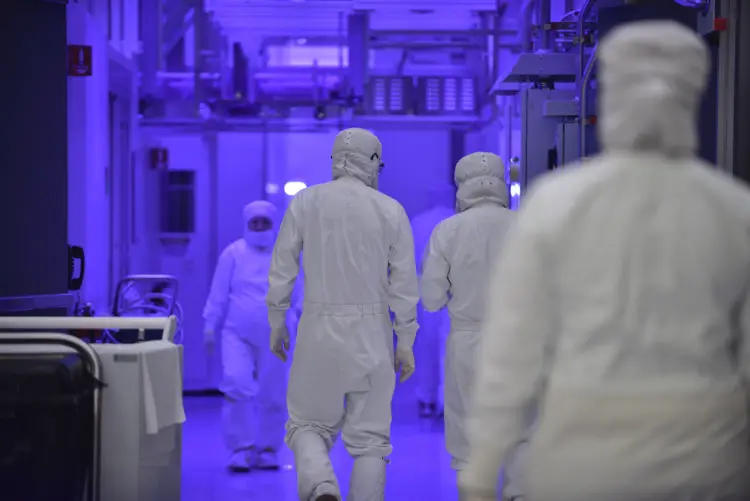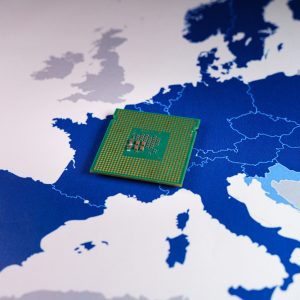
Intel’s leadership would — by the generous — have been forgiven for expecting the odd “congratulations” on a Q2 earnings call late Thursday.
Revenues were up 20% to $19.7 billion, earnings per share (EPS) climbed 26%, and a strategic push to focus on chips for data centre servers rather consumer computers was paying off nicely: “data-centric” revenue was $10.2 billion, up 34% on-year to hit 52% of total revenue; an-all time high, as cloud demand soared.
Recession? What recession?
“Wait a minute!”
Instead, shares tumbled and on the earnings call, question after relentless question came about the same process issue.
“Wait a minute!” Bernstein Research’s Stacy Rasgon interrupted Intel’s CFO George Davis at one point, unsatisfied with the answer to his question.
“Investors are frustrated with how long this execution on manufacturing has happened”, Deutsche Bank’s Ross Seymore added.
Intel 7nm Process Delay
At issue was a delay to Intel’s plans to role out CPUs based on its 7nm technology.
“We have identified a defect mode in our 7-nanometer process that resulted in yield degradation”, CEO Bob Swan had earlier told analysts.
(The “nm” refers, crudely, to the size of the transistors in a CPU: 7nm processes result in faster, more energy efficient and more compact chips. Rival AMD is already shipping powerful 7nm chips that have been well-received).
See also: Cloudflare is Ditching Intel for AMD
“We are seeing an approximate six-month shift in our 7-nanometer -based CPU product timing relative to prior expectations. The primary driver is the yield of our 7-nanometer process, which based on recent data, is now trending approximately 12 months behind our internal target,” the CEO said.
“We’ve root-caused the issue and believe there are no fundamental roadblocks, but we have also invested in contingency plans to hedge against further schedule uncertainty. We’re mitigating the impact of the process delay on our product schedules by leveraging improvements in design methodology such as die disaggregation and advanced packaging,” he added.
The issue has pushed back shipping of these next-gen chips by a year.

“We expect to see initial production shipments of our first Intel-based 7-nanometer data center CPU design in the first half of 2023” Swan said, trying to soften the blow with the comment that “while process technology is very important, it is only one of the six technology pillars of innovation that drive differentiation in our products.”
Analysts pressed and pressed on whether Intel would start outsourcing production of these chips to third-party foundries like Taiwan’s TSMC which are a generation ahead in their production capabilities.
“We’re going to be pretty pragmatic about if and when we should be making stuff inside or making outside and making sure that we have optionality to build internally, mix and match, inside and outside or go outside in its entirety, if we need to”, Intel’s Swan demurred, as CFO George Davis acknowledged that “we see increased competition this year”, adding that Intel regardless expects to end the year with market share “that is somewhat higher than our original expectations.”
Deutsche Bank’s Seymore asked: “Are there steps where instead of being a contingency plan, you actually start making the external side the primary source before 2023?”
“We’re evaluating now what’s the best option for us to make sure that we can deliver an annual cadence of product leadership for our customers. And those decisions are not decisions that we’ll make in 2023,” Bob Swan responded.
He closed the call: “Obviously, this year has been an incredibly challenging year on multiple fronts. But, at the same time, we expect ‘20 to be the best year in our Company’s history, our fifth record year in a row, delivering better results than we expected in January at a time when the market is worse than we expected.”
It takes a lot to be appreciated in the chip world.
AMD’s share price, meanwhile, went on to outstrip Intel’s for the first time since 2006, despite being dwarfed in terms of revenue, market cap and more by Intel. Investors’ focus: AMD’s process domination.






